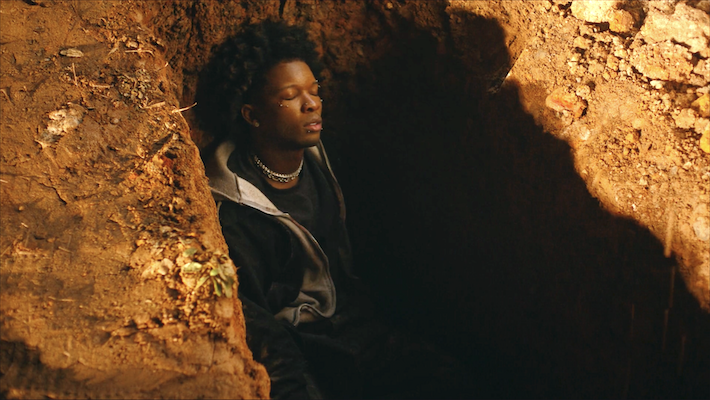ByteDance’s OmniHuman-1 AI model can generate scarily realistic videos
ByteDance has taken the wraps off the OmniHuman-1 AI model that has the ability to generate extremely realistic videos. The post ByteDance’s OmniHuman-1 AI model can generate scarily realistic videos appeared first on Phandroid.

ByteDance, TikTok’s parent company, has introduced a new AI model, the OmniHuman-1. Companies coming out with new AI models isn’t too surprising these days. However, the OmniHuman-1 AI model is a video generator. But unlike other AI-powered video tools, OmniHuman-1 does not require written prompts. Instead, it uses photos, either in the form of selfies, full-body images, or even cartoon drawings, as input.
AI video and image generation is not a new concept. Companies like Meta already have similar AI tools of their own. However, what makes OmniHuman-1 particularly impressive is how eerily realistic these AI-generated videos are. These examples of the OmniHuman-1 AI model in action show how good the model is. The accuracy of facial expressions, body movements, and lip-syncing makes it difficult to distinguish between AI-generated content and actual footage.
The AI model also allows users to incorporate their audio or video. The animated character in the video can then move and speak in a lifelike manner based on the audio or video input. However, this advancement raises significant concerns about deepfakes. As AI-generated videos become indistinguishable from real ones, the potential for misinformation, fraud, and manipulation grows.
Deepfakes have already been used in malicious ways such as spreading disinformation and cybercrime. The hyper-realistic capabilities of OmniHuman-1 could make things worse. To that end, social media platforms need to take on a bigger responsibility when it comes to identifying AI-generated content. There needs to be stronger detection algorithms and clear labels to make sure that users are not misled by these hyper-realistic deepfakes.
The post ByteDance’s OmniHuman-1 AI model can generate scarily realistic videos appeared first on Phandroid.













































































